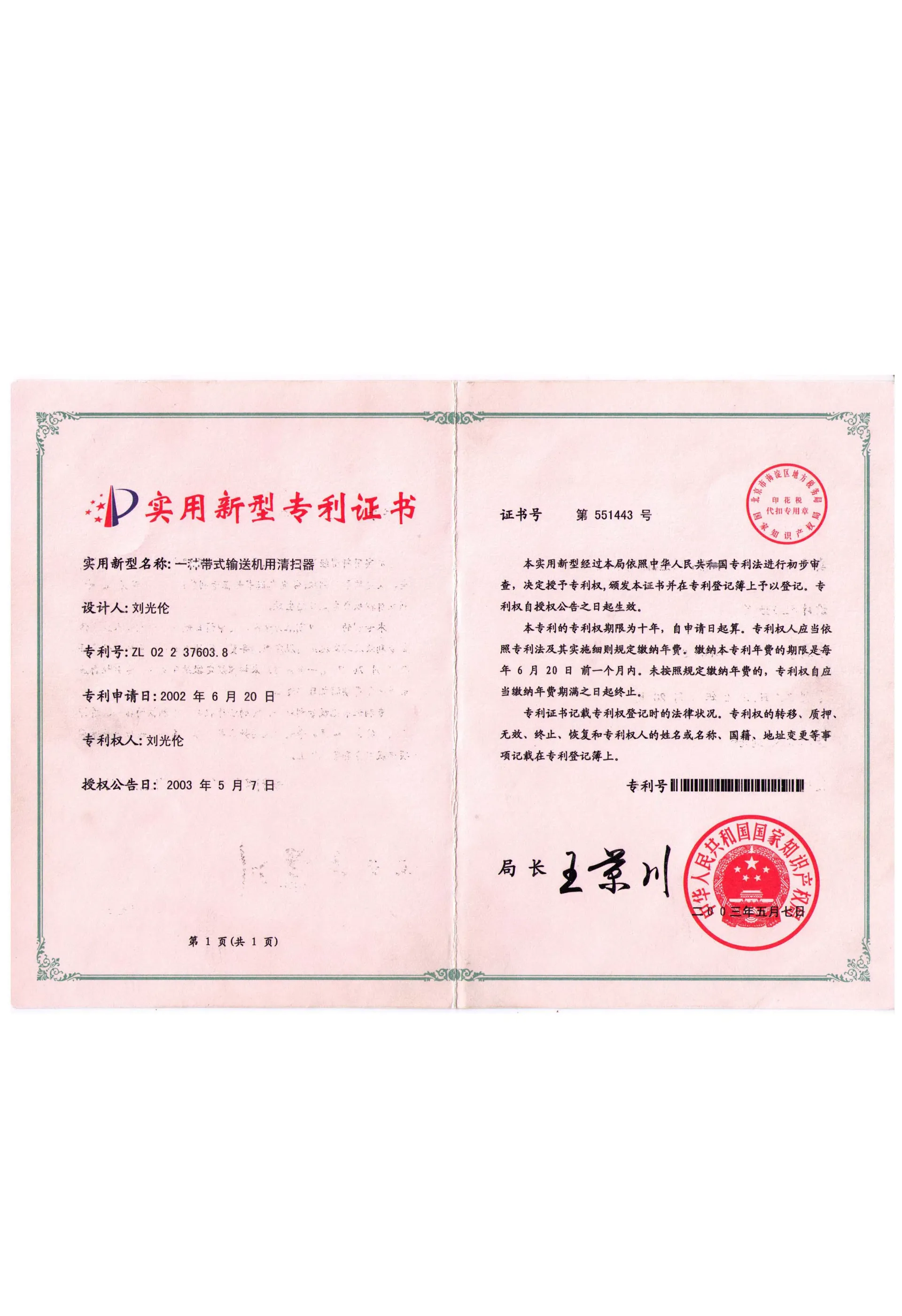 Afrikaans
Afrikaans  Albanian
Albanian  Amharic
Amharic  Arabic
Arabic  Armenian
Armenian  Azerbaijani
Azerbaijani  Basque
Basque  Belarusian
Belarusian  Bengali
Bengali  Bosnian
Bosnian  Bulgarian
Bulgarian  Catalan
Catalan  Cebuano
Cebuano  Corsican
Corsican  Croatian
Croatian  Czech
Czech  Danish
Danish  Dutch
Dutch  English
English  Esperanto
Esperanto  Estonian
Estonian  Finnish
Finnish  French
French  Frisian
Frisian  Galician
Galician  Georgian
Georgian  German
German  Greek
Greek  Gujarati
Gujarati  Haitian Creole
Haitian Creole  hausa
hausa  hawaiian
hawaiian  Hebrew
Hebrew  Hindi
Hindi  Miao
Miao  Hungarian
Hungarian  Icelandic
Icelandic  igbo
igbo  Indonesian
Indonesian  irish
irish  Italian
Italian  Japanese
Japanese  Javanese
Javanese  Kannada
Kannada  kazakh
kazakh  Khmer
Khmer  Rwandese
Rwandese  Korean
Korean  Kurdish
Kurdish  Kyrgyz
Kyrgyz  Lao
Lao  Latin
Latin  Latvian
Latvian  Lithuanian
Lithuanian  Luxembourgish
Luxembourgish  Macedonian
Macedonian  Malgashi
Malgashi  Malay
Malay  Malayalam
Malayalam  Maltese
Maltese  Maori
Maori  Marathi
Marathi  Mongolian
Mongolian  Myanmar
Myanmar  Nepali
Nepali  Norwegian
Norwegian  Norwegian
Norwegian  Occitan
Occitan  Pashto
Pashto  Persian
Persian  Polish
Polish  Portuguese
Portuguese  Punjabi
Punjabi  Romanian
Romanian  Russian
Russian  Samoan
Samoan  Scottish Gaelic
Scottish Gaelic  Serbian
Serbian  Sesotho
Sesotho  Shona
Shona  Sindhi
Sindhi  Sinhala
Sinhala  Slovak
Slovak  Slovenian
Slovenian  Somali
Somali  Spanish
Spanish  Sundanese
Sundanese  Swahili
Swahili  Swedish
Swedish  Tagalog
Tagalog  Tajik
Tajik  Tamil
Tamil  Tatar
Tatar  Telugu
Telugu  Thai
Thai  Turkish
Turkish  Turkmen
Turkmen  Ukrainian
Ukrainian  Urdu
Urdu  Uighur
Uighur  Uzbek
Uzbek  Vietnamese
Vietnamese  Welsh
Welsh  Bantu
Bantu  Yiddish
Yiddish  Yoruba
Yoruba  Zulu
Zulu belt conveyor cleaner
Understanding Belt Conveyor Cleaners
Belt conveyor systems are integral to various industries, serving as a backbone for material handling and transportation. They efficiently move bulk materials from one point to another, contributing significantly to productivity and operational efficiency. However, one of the persistent challenges with these systems is the accumulation of material on the conveyor belt itself, which can lead to inefficiencies, safety hazards, and increased wear on the equipment. This is where belt conveyor cleaners come into play.
Belt conveyor cleaners, often referred to as belt scrapers, are designed to remove material that adheres to the belt surface during the transportation process. This residual material, if left unaddressed, can result in a host of negative consequences, including increased operational costs, equipment damage, and safety hazards due to spillage and lack of traction.
The primary function of belt cleaners is to maintain a clean conveyor surface, ensuring that the belt operates at peak efficiency. A well-maintained belt reduces the likelihood of material carryback, which can cause blockages, equipment malfunctions, and even accidents if materials spill onto walkways or other areas where employees might be present. Additionally, carrying excess material can increase energy consumption, as the motors have to work harder to move the added weight.
There are several types of belt conveyor cleaners available, each designed to cater to specific needs and operational environments. Primary cleaners are typically installed at the discharge point of the conveyor and are responsible for the bulk of material removal. They can be static or dynamic, with varying levels of aggressiveness depending on the nature of the material being transported.
belt conveyor cleaner

Secondary cleaners, on the other hand, are installed further down the conveyor system and are tasked with removing any remaining residual material after the primary cleaner has done its job. These are crucial for ensuring optimal cleanliness and for preventing any lingering residue from impacting the efficiency of the operational flow.
When selecting a belt cleaner, it is essential to consider various factors, including the type of material being handled, the environment in which the conveyor operates, and the overall design of the conveyor system. The material's characteristics, such as stickiness, moisture content, and bulk density, will influence the effectiveness of the cleaner used.
Furthermore, the installation and maintenance of belt conveyor cleaners are critical to their performance. Regular inspection and timely replacement of worn components can contribute to longer equipment life and better operational outcomes. Employees should be trained to recognize any signs of wear or inefficiency, as early detection can prevent larger, costlier problems down the line.
In conclusion, belt conveyor cleaners play a vital role in the efficiency and safety of conveyor systems. By effectively removing material from the belt, these cleaners help maintain operational productivity, reduce energy consumption, and minimize maintenance costs. Investing in the right cleaning technology is essential for any operation that relies on belt conveyors, ultimately leading to improved performance, enhanced safety, and lower total operating costs.
-
Revolutionizing Conveyor Reliability with Advanced Rubber Lagging PulleysNewsJul.22,2025
-
Powering Precision and Durability with Expert Manufacturers of Conveyor ComponentsNewsJul.22,2025
-
Optimizing Conveyor Systems with Advanced Conveyor AccessoriesNewsJul.22,2025
-
Maximize Conveyor Efficiency with Quality Conveyor Idler PulleysNewsJul.22,2025
-
Future-Proof Your Conveyor System with High-Performance Polyurethane RollerNewsJul.22,2025
-
Driving Efficiency Forward with Quality Idlers and RollersNewsJul.22,2025





























